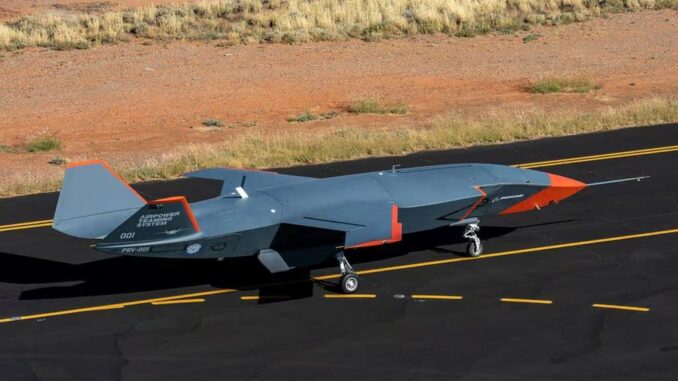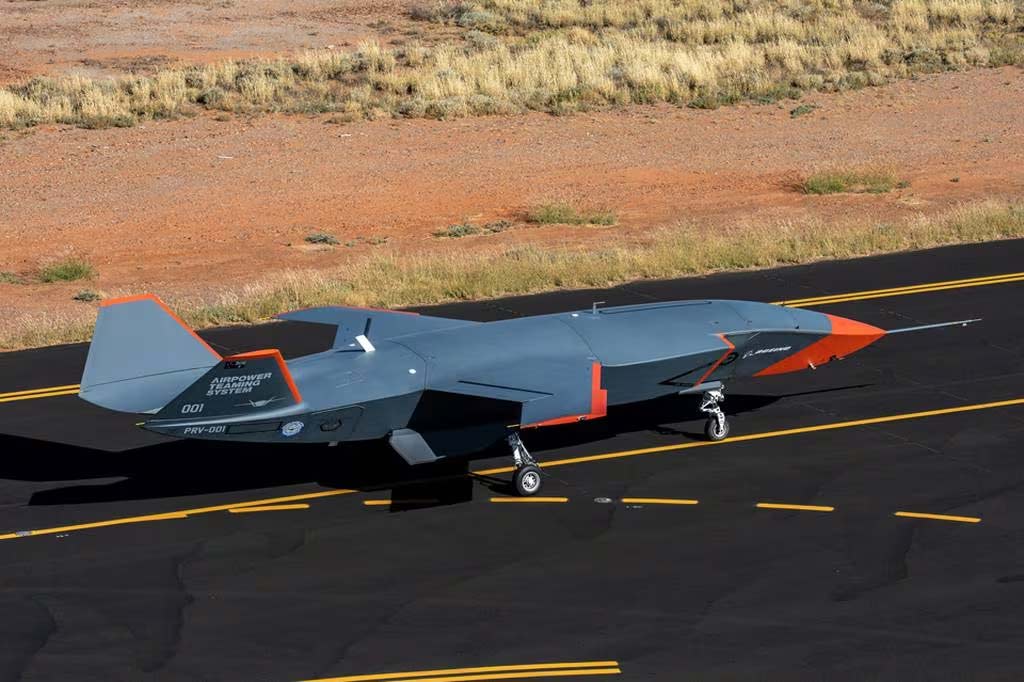
In 2024, the US Air Force is stepping up tests of allied drones flying autonomously alongside manned jets, revolutionizing air warfare.
In an era where technology is defining new horizons for aerial warfare, the US Air Force is poised to take a significant step forward in 2024. The announcement of intensive autonomous flight tests for a fleet of allied drones, designated Collaborative Combat Aircraft (CCA), plans to revolutionize the approach to aerial missions. These drones are scheduled to fly alongside F-35s and the future Next Generation Air Supremacy Platform, with the aim of carrying out strikes, surveillance, signal jamming or acting as decoys. This article dives into the technical details, background and far-reaching implications of this imminent technological advance.
The rise of autonomous wings
The Air Force envisages a fleet of 1,000 CCAs or more, underlining a clear ambition for increased and diversified combat capability. The VENOM project, with a projected budget of nearly $50 million for 2024, symbolizes this advance. It consists of integrating autonomous code into six F-16s, piloted by humans to a flight test area where the autonomous software will take over. The aim is to validate whether autonomous flight can deliver the expected benefits, particularly in terms of operational efficiency and safety, while gathering valuable data on man-machine interaction.
Contextualizing aerial innovation
In the wake of the rapid evolution of defense technologies, the Air Force recognizes the importance of staying ahead of the curve, particularly in the face of increasingly sophisticated adversaries. The use of autonomous allied UAVs is part of a wider strategy of modernization and air supremacy. Operational trials and tactical developments around CCAs reflect a desire to integrate these new capabilities effectively into existing squadrons, while minimizing the associated risks.

Implications and future prospects
The introduction of CCAs promises to radically transform air warfare, offering both a multiplicative force for manned missions and increased tactical flexibility. What’s more, their cost, estimated at a fraction of that of an F-35, suggests an affordability that could enable wider and bolder use, including in high-risk missions. The implications extend beyond the battlefield, influencing defense strategy, pilot training and defense industry dynamics.
Other relevant considerations
The transition to such technology raises ethical and operational questions, particularly with regard to autonomous decision-making in combat situations and the security of AI systems in the face of cyber threats. Collaboration between humans and machines, as well as the integration of such capabilities into existing military doctrines, will require careful thought and ongoing adaptation.
The US Air Force’s autonomous flight tests for allied drones mark a turning point in air warfare, promising a substantial increase in combat capability and a transformation of air operations. As these technologies advance, the implications extend far beyond air superiority, redefining defense strategies and combat methodologies. Anticipation and adaptation will be crucial to maximizing the benefits of this imminent air revolution.
War Wings Daily is an independant magazine.